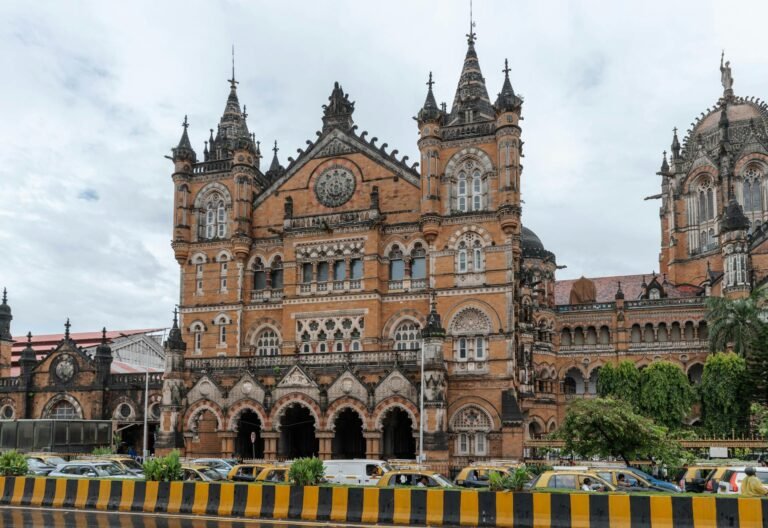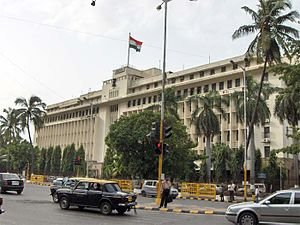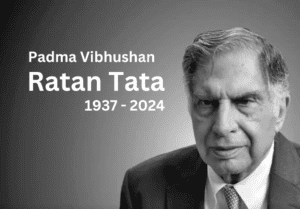The political battlefield of Maharashtra is all set. The Election Commission of India (ECI) has announced that the Maharashtra state assembly elections will be held on November 20, 2024, with the counting of votes scheduled for November 23. This election is critical as the term of the current assembly ends on November 26, 2024, the local and National political parties are set to have a close contest in this political battlefield of Maharashtra. The elections will determine the leadership in the 288-seat Maharashtra Legislative Assembly.
In terms of party standings, the political landscape in Maharashtra is highly competitive:
- BJP: The Bharatiya Janata Party (BJP) is contesting the elections as part of the National Democratic Alliance (NDA), with the current Chief Minister Eknath Shinde leading the Shiv Sena (Shinde faction). The alliance is expected to bank on its governance track record and infrastructure projects.
- Congress and NCP: The Congress and Nationalist Congress Party (NCP) are contesting as part of the INDIA alliance, alongside Uddhav Thackeray’s Shiv Sena (UBT). After a split in the NCP earlier this year, Ajit Pawar joined hands with the BJP, causing a rift in the party, which could impact electoral dynamics.
- MVA (Mahavikas Aghadi): The Maha Vikas Aghadi (MVA), comprising Congress, NCP (Sharad Pawar faction), and Shiv Sena (UBT), will focus on regional issues and their prior governance coalition, which held power briefly before internal divisions in 2022.
This election is expected to be a heated contest, with both major alliances gearing up for a close battle across key constituencies.
In the political battlefield of Maharashtra in this year’s assembly elections, the political landscape reflects the power bases that have shifted since the general elections earlier this year. Each major party and alliance has strongholds in various regions across the state.
Political battlefield of Maharashtra – the warriors
1. Bharatiya Janata Party (BJP)
- Strongholds: The BJP has maintained a significant presence in urban centers and western Maharashtra, particularly in the cities of Mumbai, Pune, and Nagpur. The party also performs well in the Vidarbha region, where it has historically received strong support due to its developmental agenda and a focus on farmers’ issues.
- Current Scenario: Following the 2024 Lok Sabha elections, where BJP secured substantial votes in urban areas, it aims to capitalize on its influence in economically thriving regions and retain its strong urban base.
2. Shiv Sena (Shinde Faction)
- Strongholds: Mumbai, Thane, and Konkan have traditionally been the heartlands for Shiv Sena. However, with the party split into two factions (Shinde and Uddhav Thackeray), this dominance is now contested.
- Current Scenario: Chief Minister Eknath Shinde’s faction, now allied with the BJP, is trying to hold onto its traditional Konkan base while appealing to Maratha voters in the Western Maharashtra belt. This faction is especially focused on maintaining its influence in Thane and adjacent districts.
3. Shiv Sena (Uddhav Thackeray Faction – UBT)
- Strongholds: The Uddhav faction continues to have a solid base in Mumbai and Thane, despite the challenge from Shinde. It is working to rebuild its connection with rural voters and Marathas after losing some ground to the BJP-Shinde alliance.
- Current Scenario: Uddhav Thackeray’s leadership, bolstered by his alliance with the Congress and NCP, aims to consolidate support in urban strongholds while appealing to voters disillusioned by the political turmoil within the Sena.
4. Nationalist Congress Party (NCP)
- Strongholds: Historically, the NCP has dominated Western Maharashtra, especially the sugar-belt districts like Pune, Satara, and Kolhapur, where Sharad Pawar’s influence remains strong. It also has a significant presence in the Marathwada region.
- Current Scenario: After the split within the NCP, where Ajit Pawar allied with the BJP, the Sharad Pawar-led faction is focused on retaining its grip on Western Maharashtra, while Ajit Pawar’s faction is trying to carve out a separate identity within the ruling alliance, particularly targeting urban voters and sugar-belt rural areas.
5. Congress
- Strongholds: The Congress has a broad base but is particularly strong in the Marathwada and Vidarbha regions, where it enjoys support from Dalits, Muslims, and certain rural communities. It has pockets of influence in North Maharashtra as well.
- Current Scenario: The Congress is trying to revive its fortunes by leveraging its past performance and focusing on rural development, farmers’ issues, and social welfare programs. It continues to collaborate with the NCP and UBT in the MVA coalition to challenge the BJP-NDA alliance.
6. Ajit Pawar Faction (aligned with BJP)
- Strongholds: Ajit Pawar’s faction is trying to establish its own strongholds in Western Maharashtra, where his family has considerable influence. He is also working to attract young voters and the urban middle class by promoting development projects.
- Current Scenario: His alliance with BJP has strained the traditional NCP base but also given him access to a larger voter pool in regions like Pune and Nashik, where development is a key electoral issue.
In summary, while the urban-rural divide and the Maratha vote continue to shape Maharashtra’s political dynamics, the state is witnessing realignments as the BJP-Shinde alliance tries to expand its influence in traditionally opposition-dominated areas, while the MVA coalition works to consolidate its strongholds in rural and semi-urban regions. All-in-all the political battlefield of Maharashtra is going to witness a very close contest taking place, given the current standings of each political party and realignment of people’s vote, post the factions in between parties.










